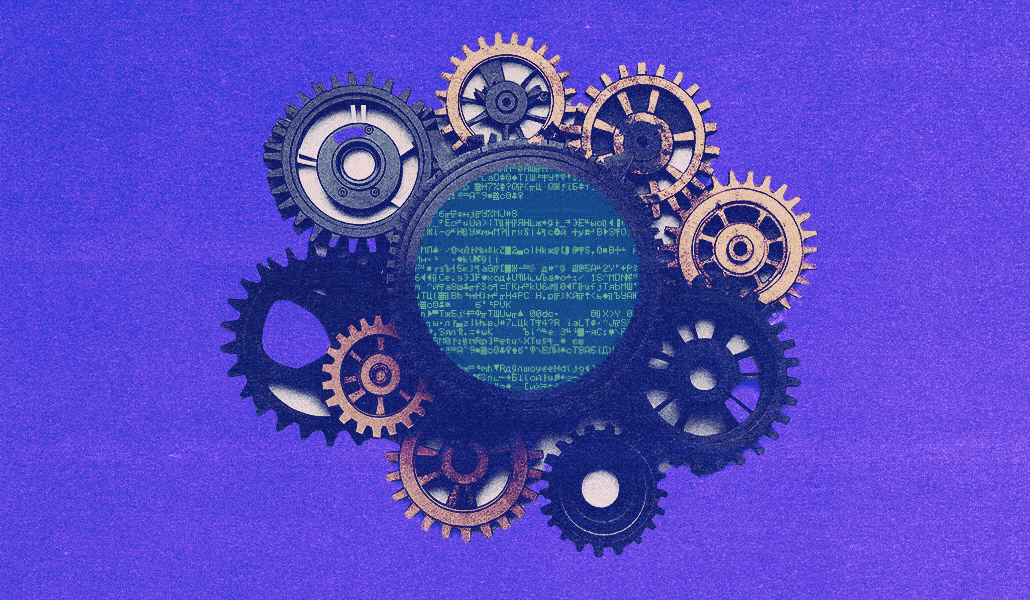By Tony Case • November 12, 2024 •

Ivy Liu
This article was first published by Digiday sibling WorkLife
As organizations generate an avalanche of daily employee data — everything from Slack messages to Microsoft docs — people managers face an unprecedented challenge: how to transform all that so-called “dead data” into actionable insights.
“We have 300 million terabytes of data every day that is getting generated around people,” said Guillaume Roy, cofounder and chief innovation officer at Workleap, an employee engagement platform. “It can become very difficult for HR leaders and business leaders to get insights around these data.”
But recent innovations in AI offer promising solutions for resurrecting that dormant information and converting it into “companion knowledge,” enabling more personalized and effective employee experiences.
Roy emphasizes that such data is not truly dead — it’s simply trapped and waiting to be unlocked. The key lies in AI’s ability to process vast amounts of information without getting overwhelmed, particularly in traditionally challenging processes like performance reviews, which Roy describes as “painful for the employee, painful for the manager, painful for the whole business.”
As organizations generate an avalanche of daily employee data – everything from Slack messages to Microsoft docs – people managers face an unprecedented challenge: how to transform all that so-called “dead data” into actionable insights.
“We have 300 million terabytes of data every day that is getting generated around people,” said Guillaume Roy, cofounder and chief innovation officer at Workleap, an employee engagement platform. “It can become very difficult for HR leaders and business leaders to get insights around these data.”
But recent innovations in AI offer promising solutions for resurrecting that dormant information and converting it into “companion knowledge,” enabling more personalized and effective employee experiences.
Roy emphasizes that such data is not truly dead — it’s simply trapped and waiting to be unlocked. The key lies in AI’s ability to process vast amounts of information without getting overwhelmed, particularly in traditionally challenging processes like performance reviews, which Roy describes as “painful for the employee, painful for the manager, painful for the whole business.”
“We have 300 million terabytes of data every day that is getting generated around people. It can become very difficult for HR leaders and business leaders to get insights around these data.”
Take performance reviews as an example: AI systems can now aggregate and analyze multiple data streams — from project management tools, communication platforms and collaborative documents — to create a more comprehensive picture of employee contributions. Instead of relying solely on manager observations or quarterly metrics, the technology can identify patterns in how employees collaborate, their project completion rates and their impact across teams.
However, this data collection raises important ethical considerations. “When implementing these AI systems, organizations must carefully balance insight gathering with employee privacy,” said Roy. “We establish clear boundaries around what data can be accessed — focusing on work-related interactions and outputs while explicitly excluding private conversations or personal communications. The goal is to enhance workplace effectiveness, not monitor personal exchanges,” he added.
Tim Glowa, founder and CEO of career development platform HR Brain, stresses the importance of approaching data analysis with clear objectives, however. “Effective data use starts with a clear business question, not analysis for analysis’ sake,” he said. HR leaders should first define specific problems they want to solve — whether it’s retaining high-value employees or predicting retirement trends — to ensure their data efforts remain strategic and aligned with business priorities.
To read the full article click here
https://digiday.com/?p=560270





